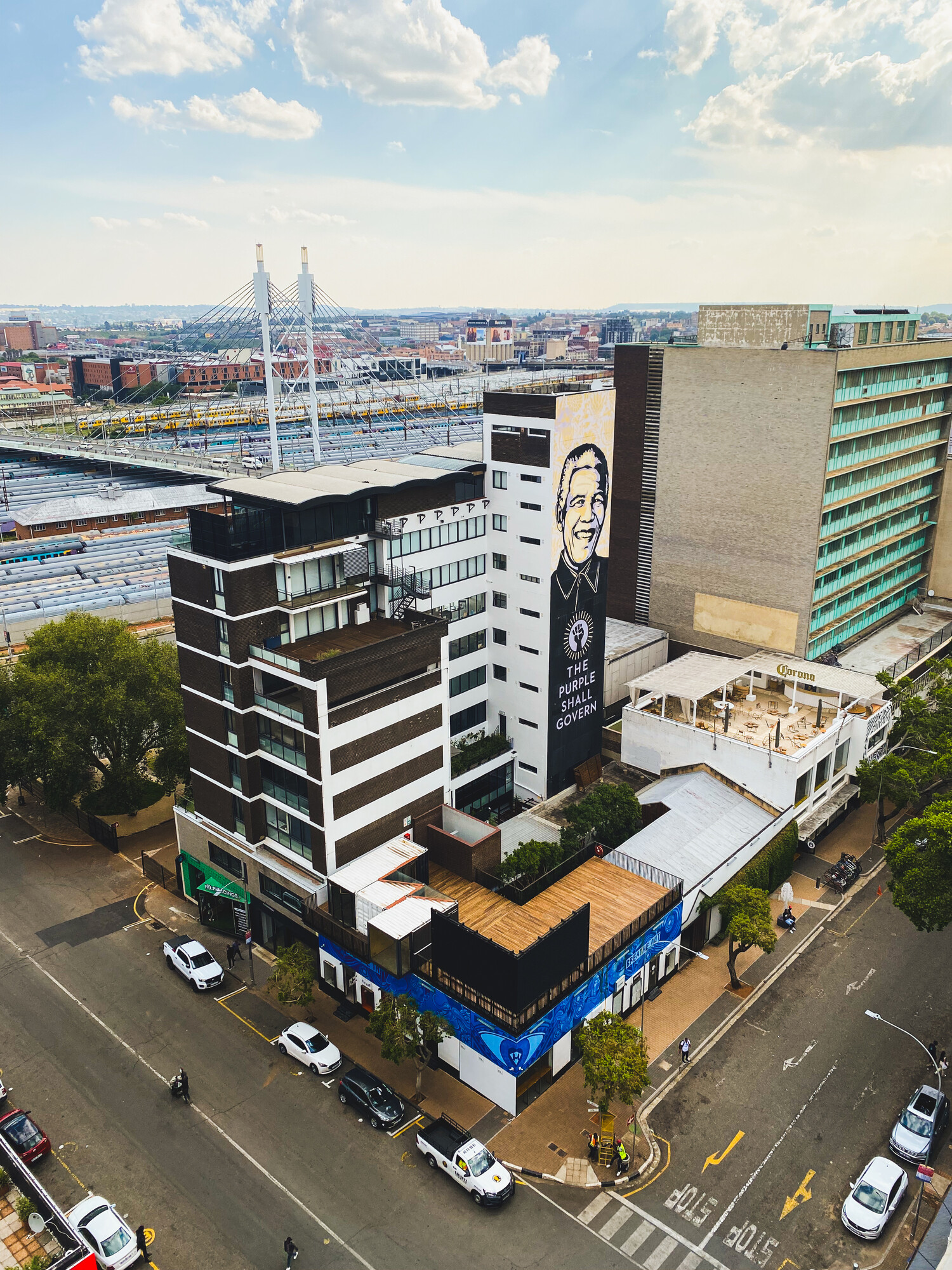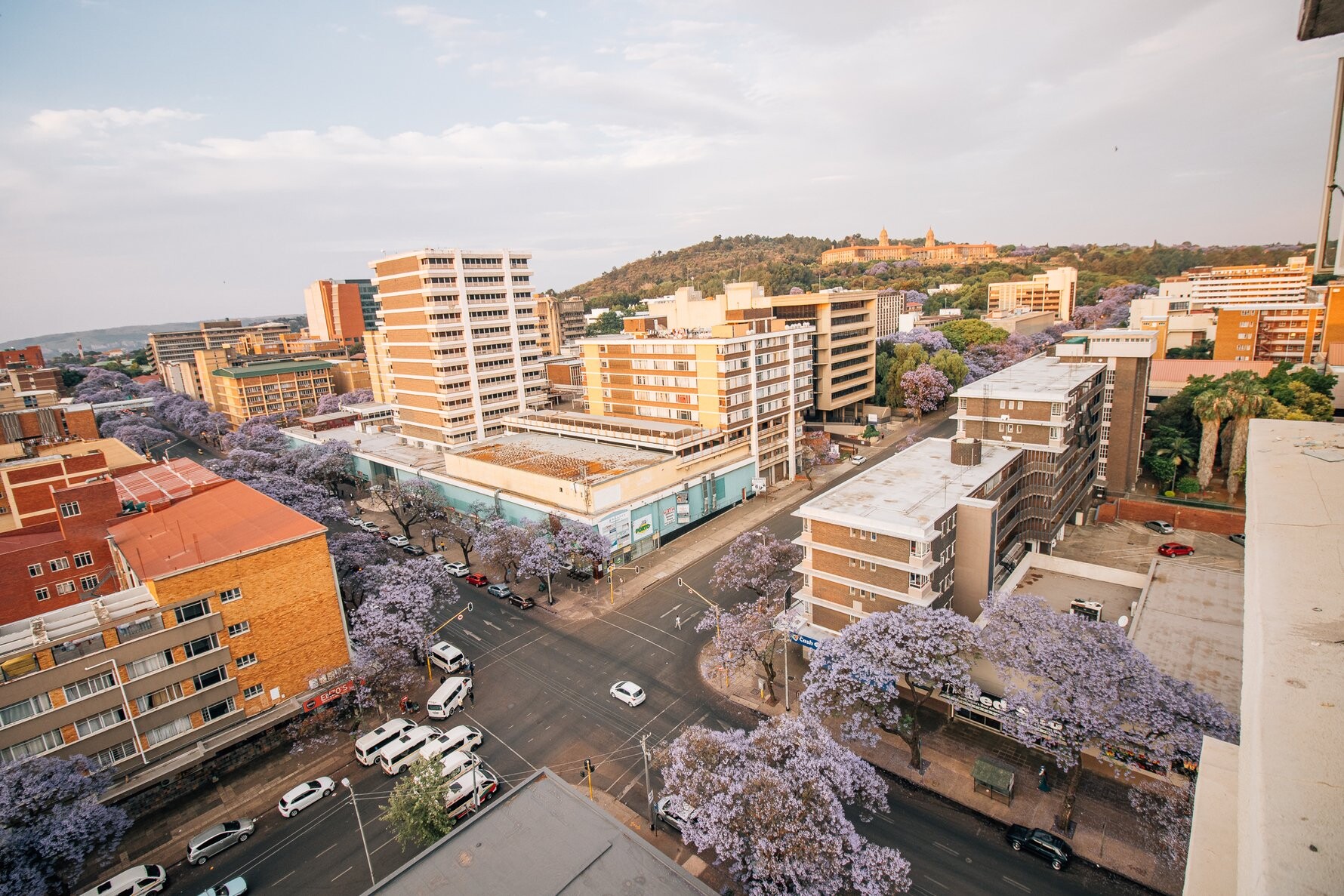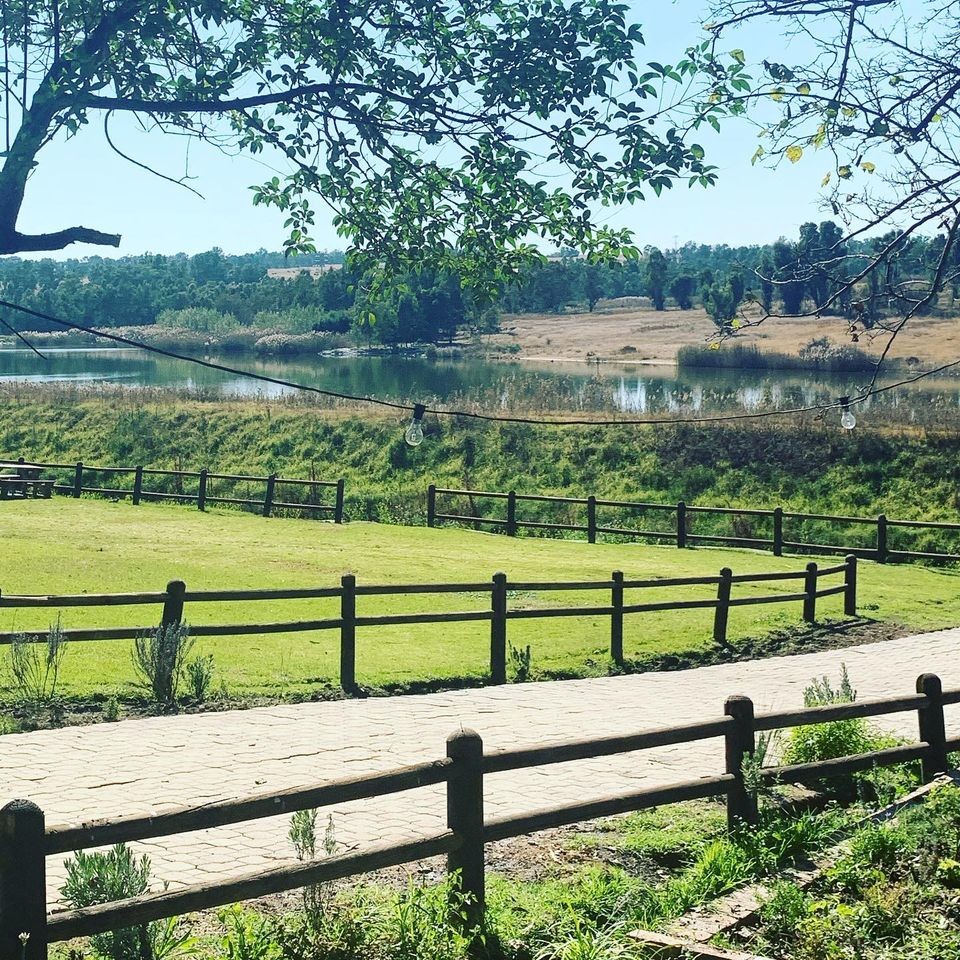Linking Gauteng's two main cities, Joburg and Pretoria, the high-speed Gautrain service is the quickest way to travel between these metropolises and a particularly convenient way to pack in a full sightseeing day trip. A wealth of attractions lies within easy reach of the main Pretoria station. With well-looked-after landmarks, governmental buildings, and excellent museums, there's plenty to plan a day trip around. For even more to see and do nearby, work a stop at the Hatfield Gautrain station into your itinerary – we made you a guide for that, too.
HISTORY AND HERITAGE IN CENTRAL PRETORIA
The city of Pretoria was founded in 1855 by Marthinus Wessel Pretorius, who named it after his father. The city's main civic square was created soon after and named Church Square . To this day, Church Square remains the undisputed centre of Pretoria, and from here the inner city spreads out in a grid of wide streets lined by grand, historic buildings and abundant jacaranda trees, earning Pretoria its nickname of Jacaranda City .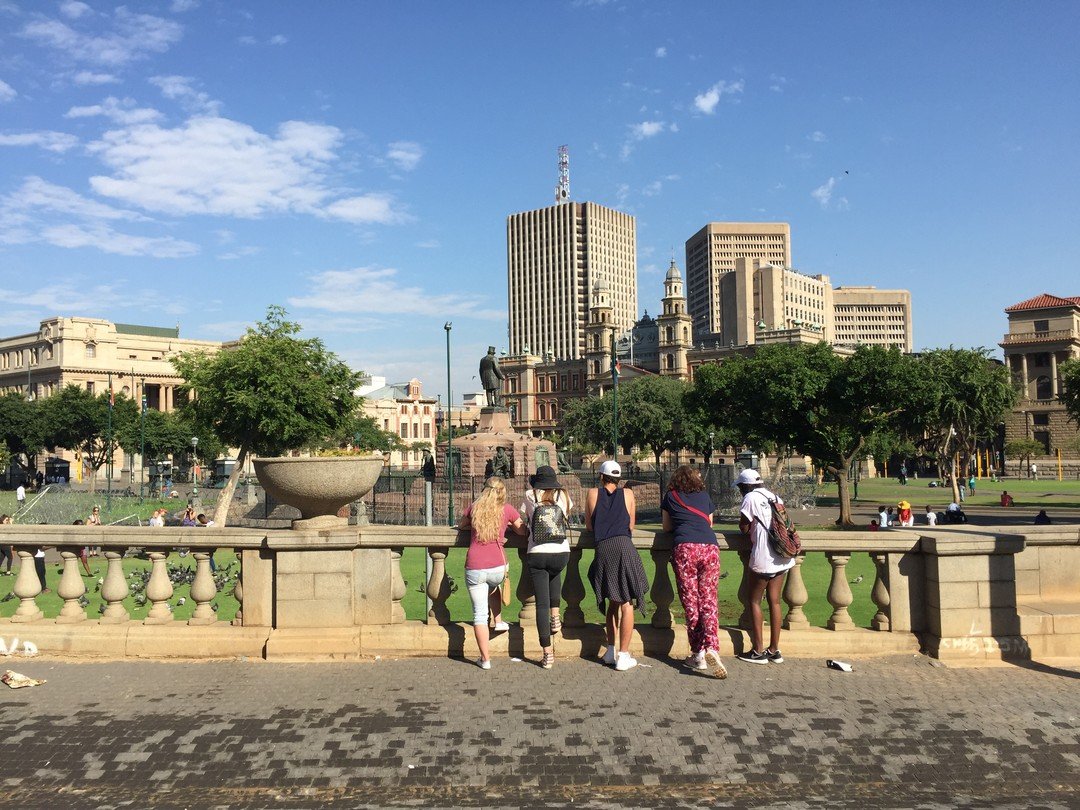
Central Pretoria has several major museums that fall under the state-managed Ditsong group of museums, namely, Ditsong Museum of Natural History , Ditsong Museum of Cultural History, and Paul Kruger House Museum . While it's temporarily closed for the time being, history buffs will also enjoy Melrose House Museum , a beautifully preserved Victorian mansion facing Burgers Park . For families, the biggest attraction is undoubtedly the expansive Pretoria Zoo (The National Zoological Garden), the largest zoo in the country.
GETTING AROUND FROM PRETORIA STATION
The relatively compact Pretoria city centre is bordered to the north by the delightful Pretoria Zoo and to the south by the Gautrain station. Its east and west sides are bounded by high-rise residential areas.On weekdays the circular Pretoria Central Gautrain midi-bus route traces its way through this central business district, making it easy to navigate by public transport. On weekends there is also a Gautrain midi-bus linking to the Pretoria Zoo which plots a similar route. Central Pretoria's manageable size and easy-to-navigate grid system mean that all the biggest museums and heritage sites can easily be reached on foot in about 20 to 30 minutes from the station, or via even shorter Uber or Bolt rides (although you might have an issue ordering an e-hailing service from the station due to ongoing animosity from metered taxi drivers).
ESSENTIAL SIGHTSEEING
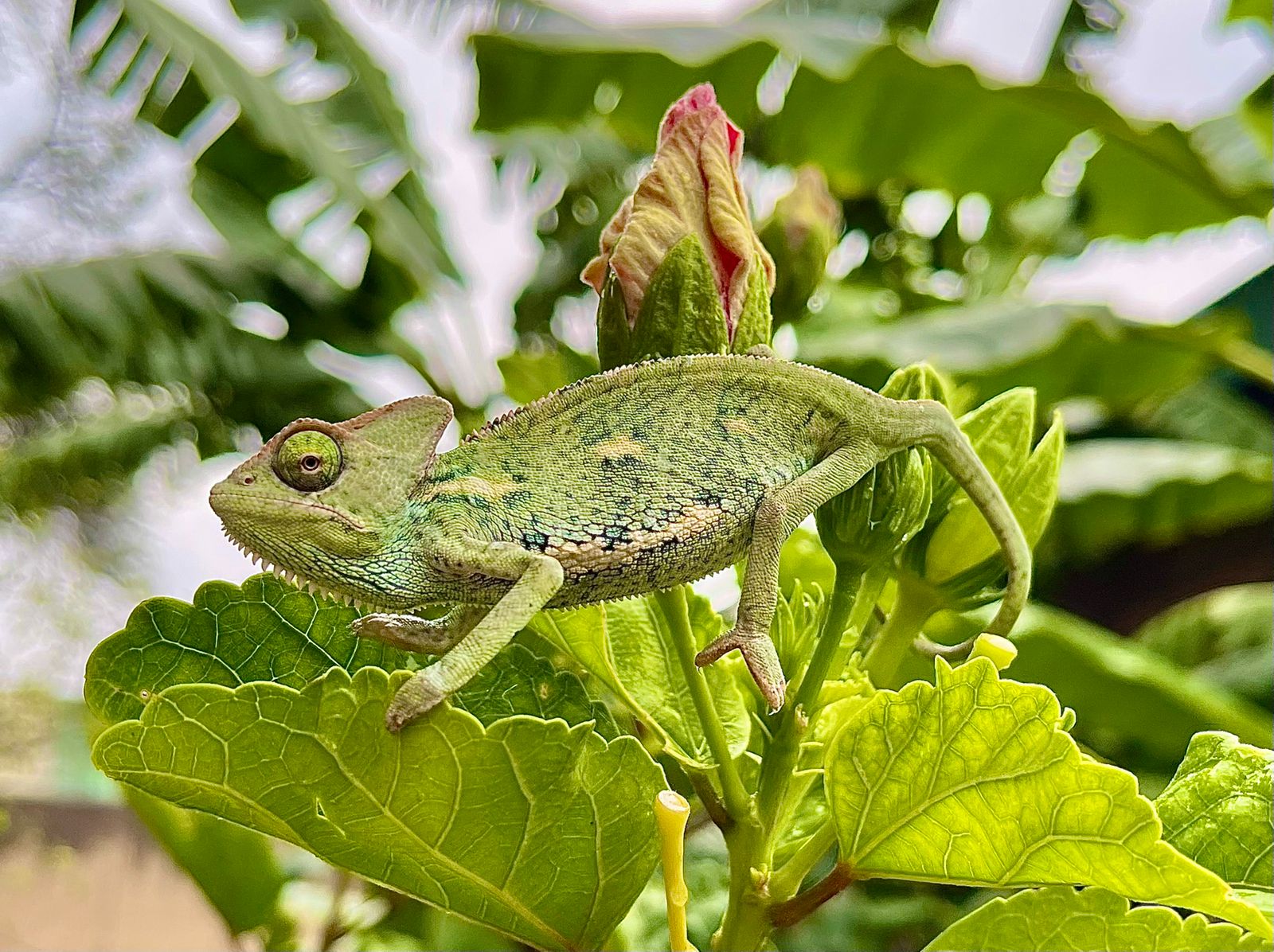
Some of the most interesting species to see at the zoo include Komodo dragons, gorillas, tigers, and sloths, and there's also a small aquarium and reptile park, as well as over 200 bird species. Every weekend the zoo staff present free talks about the lifestyles and habits of the various animals, reinforcing the importance of conservation efforts to protect the world's wildlife. Come lunchtime, there's a restaurant as well as a variety of food kiosks, or you can pack some snacks and find a place to relax in one of the many picnic spots scattered throughout the zoo's massive grounds.
232 Boom Street, Daspoort 319-Jr.
PAUL KRUGER HOUSE MUSEUM
This modest house museum outlines the life and times of the Afrikaans leader and former State President Paul Kruger, who lived here at the end of the 19th century. If you're interested in military history there's much to be gleaned from the exhibits devoted to Kruger's role in the Anglo-Boer wars. Meanwhile, a wealth of personal items belonging to Kruger illustrate the man's distinct and often abrasive personality and speaks to the relative modernity that the family lived in, with electricity and a telephone line. In the yard, the old wagons the family used are preserved, as well as Kruger's private train carriage.
60 WF Nkomo Street, Pretoria Central.
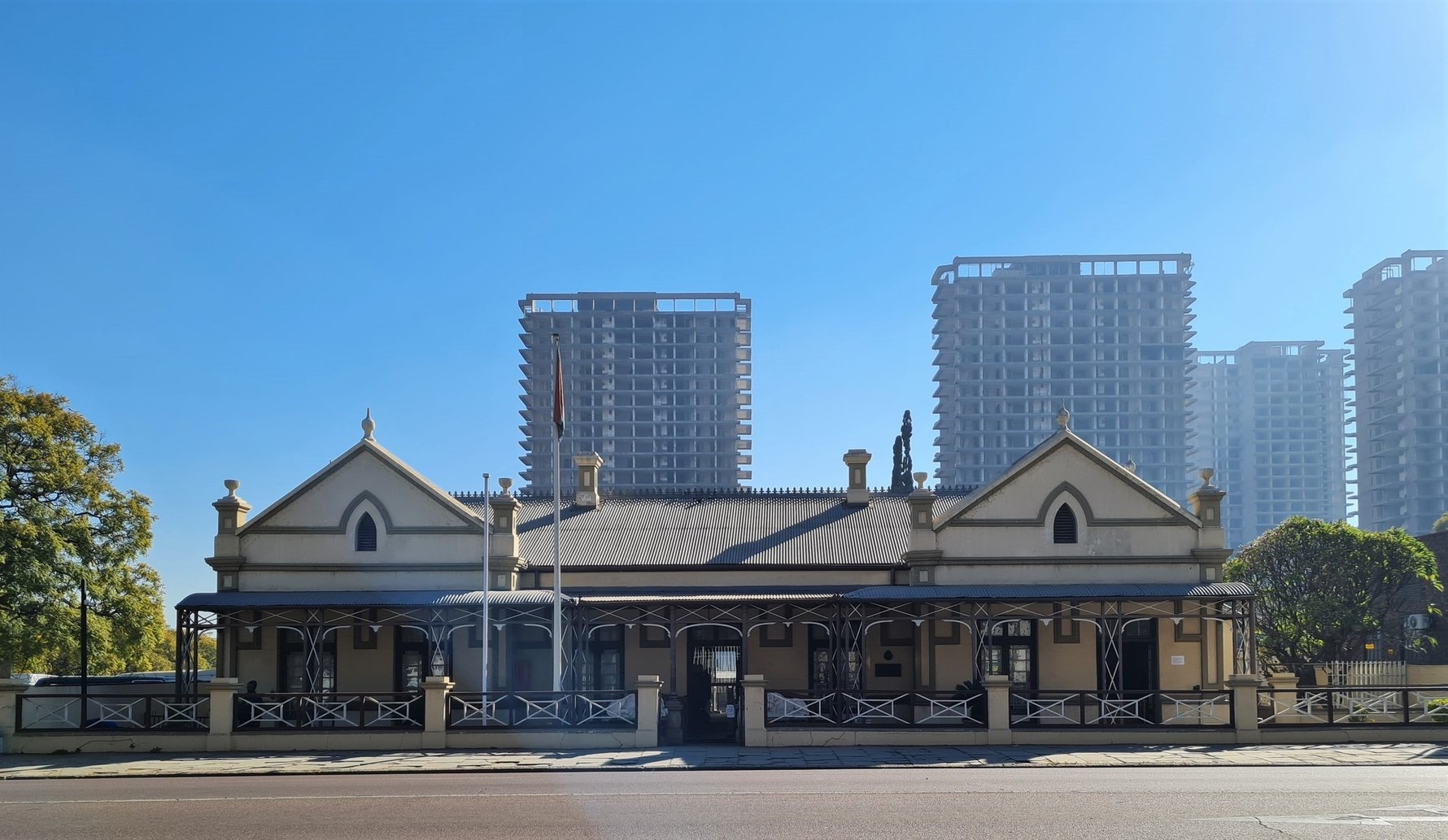
CHURCH SQUARE
Pretoria's most famous square is surrounded by grand, 19th-century Neo-classical buildings. Major landmarks include the beautiful Ou Raadsaal (Old Government) building, The General Post Office, and The Palace of Justice where the infamous Rivonia Trial was held, which led Nelson Mandela and his comrades to a life sentence on Robben Island. At the centre of it all stands a statue of the 19th-century Afrikaans leader Paul Kruger dressed in a top hat and carrying a walking cane.
BURGERS PARK AND MELROSE HOUSE MUSEUM
The small, neatly laid out Burgers Park, with its verdant lawns, century-old trees and flower beds, is a lovely green space to walk through and take time out.
Cnr Thabo Sehume and Jacob Maré Streets, Pretoria Central.
Facing the park is the Melrose House Museum, a beautifully preserved Victorian mansion that is now a museum. Built in 1886 for a local British colonial businessman, Melrose House is an especially significant place as it was here that in 1902 the Peace Treaty of Vereeniging, which ended the Anglo-Boer Wars, was signed. An original copy of the treaty is on display in the house alongside other items detailing this important moment. Note that the museum is temporarily closed at the moment.
275 Jeff Masemola Street, Pretoria Central.
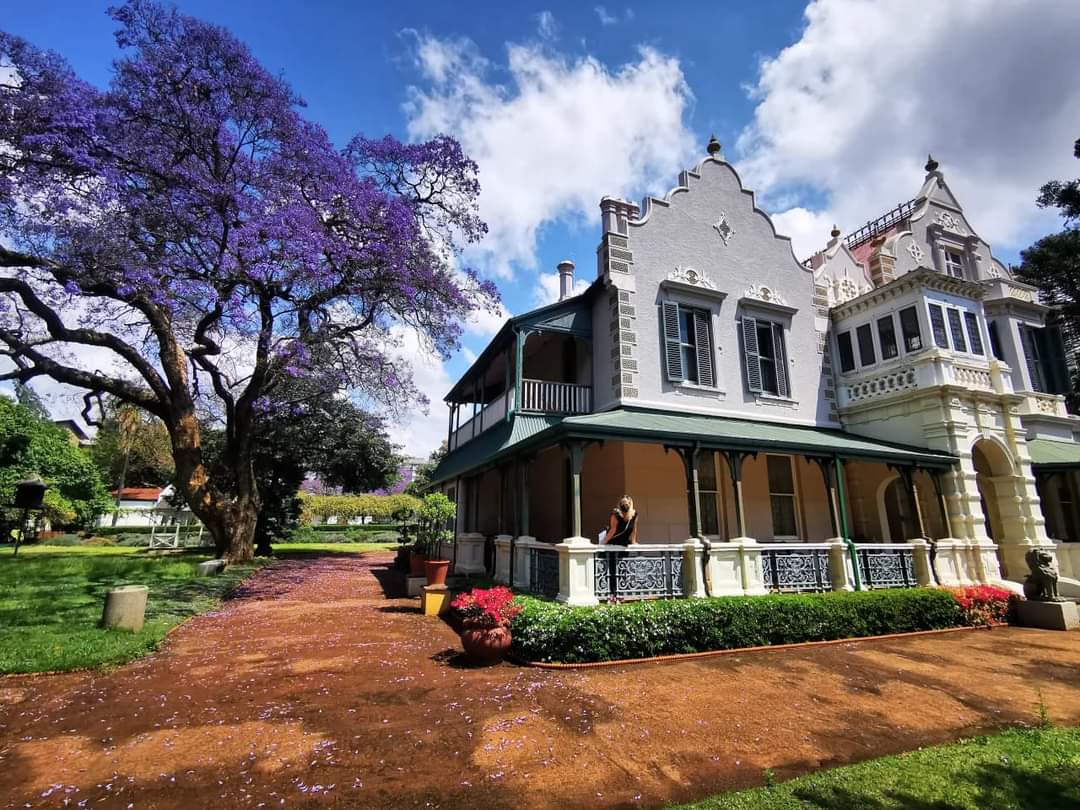
CITY HALL, THE MUSEUM OF NATURAL HISTORY AND CULTURAL HISTORY
The grand Neo-classical City Hall and Natural History Museum buildings face each other on Pretorius Square , just a few blocks from the Pretoria Gautrain station. The imposing Ditsong Museum of Natural History houses a collection of various stuffed animals, including an extensive collection of birds and geological exhibits.
432 Paul Kruger Street, Pretoria Central.
A short walk away, behind the City Hall, is the Ditsong Museum of Cultural History. Looking broadly over the variety of cultural histories and traditions of South African peoples, there are San rock art paintings and engravings, Iron Age artefacts from Limpopo, and examples of traditional beading, painting, textiles, pottery, clothing, furniture, as well as other everyday items.
Cnr Bosman and Visagie Streets, Pretoria Central.
FREEDOM PARK
Freedom Park is a short drive from Pretoria Central and is a worthwhile stop to add to your day. The 52-ha park is an impressive memorial to South Africa’s history and heritage, themed around humanity, freedom, and healing. Rich in symbolism, the park showcases the different struggles South Africa has faced along the path to democracy. The huge Wall of Names, which lists the names of the South Africans who lost their lives fighting for freedom and equality, is particularly moving. A guided tour is highly recommended to appreciate the full scope and nuance of the park and its facets.





